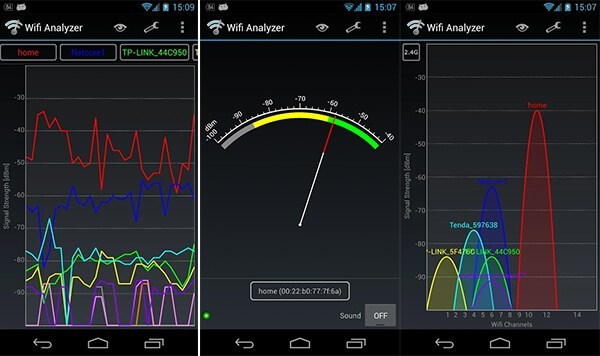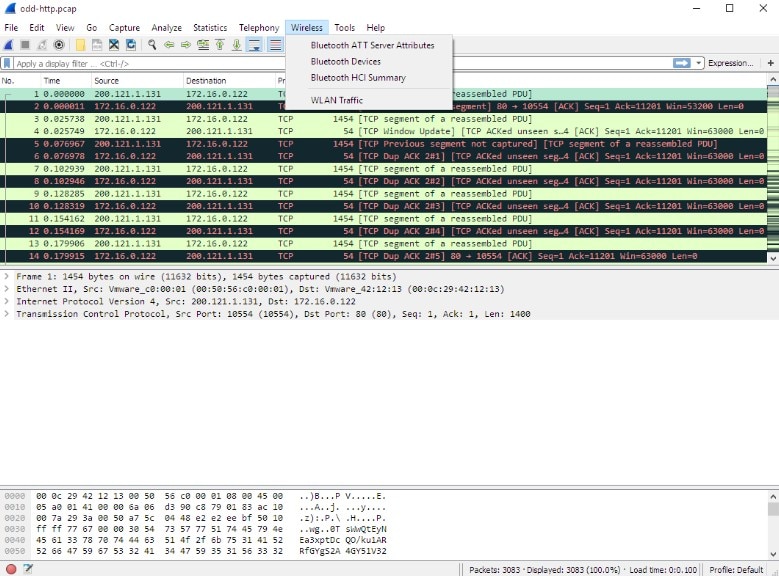
The Network Adapters section reveals information about all the network adapters (including hidden adapters), such as name and version of the driver, and more importantly, you'll find error codes if the adapter has any problems. The User Info section only contains general user details. The General System Info section reveals system-specific details, such as firmware, version of Windows 10, and more that may help you to troubleshoot compatibility problems.
#Wifi analytics windows windows 10
Windows 10 is always recording the connection activities, which means that you don't need to enable reporting before generating a Wi-Fi connection summary. The Report Info section includes the date of the report and the dates it covers (usually three days). If you want to learn more about an event, you can hover over the badge to see a summary, or you can click it to jump to the part in the report that includes the technical information. And the "N" badge shows when the device didn't have connectivity. The "D" badge shows the time when the network adapter was disconnected from the network. For example, the "X" badge indicates an error.

Also, you'll notices badge that indicates different events. Selecting each section will show you the connection duration, start and end dates, and how the session was disconnected. The Wi-Fi summary chart section displays all the connection sections with its corresponding information.
#Wifi analytics windows how to
How to analyze wireless report on Windows 10 Once you complete the steps, you can open the HTML file containing a detailed report of the connection history. Note the path in the "Report written to" field.

Type the following command to generate a Wi-Fi report and press Enter:



 0 kommentar(er)
0 kommentar(er)
